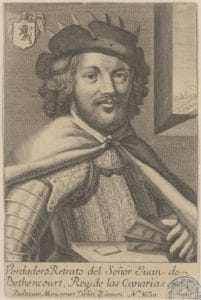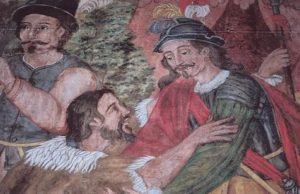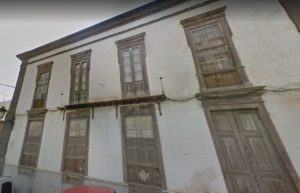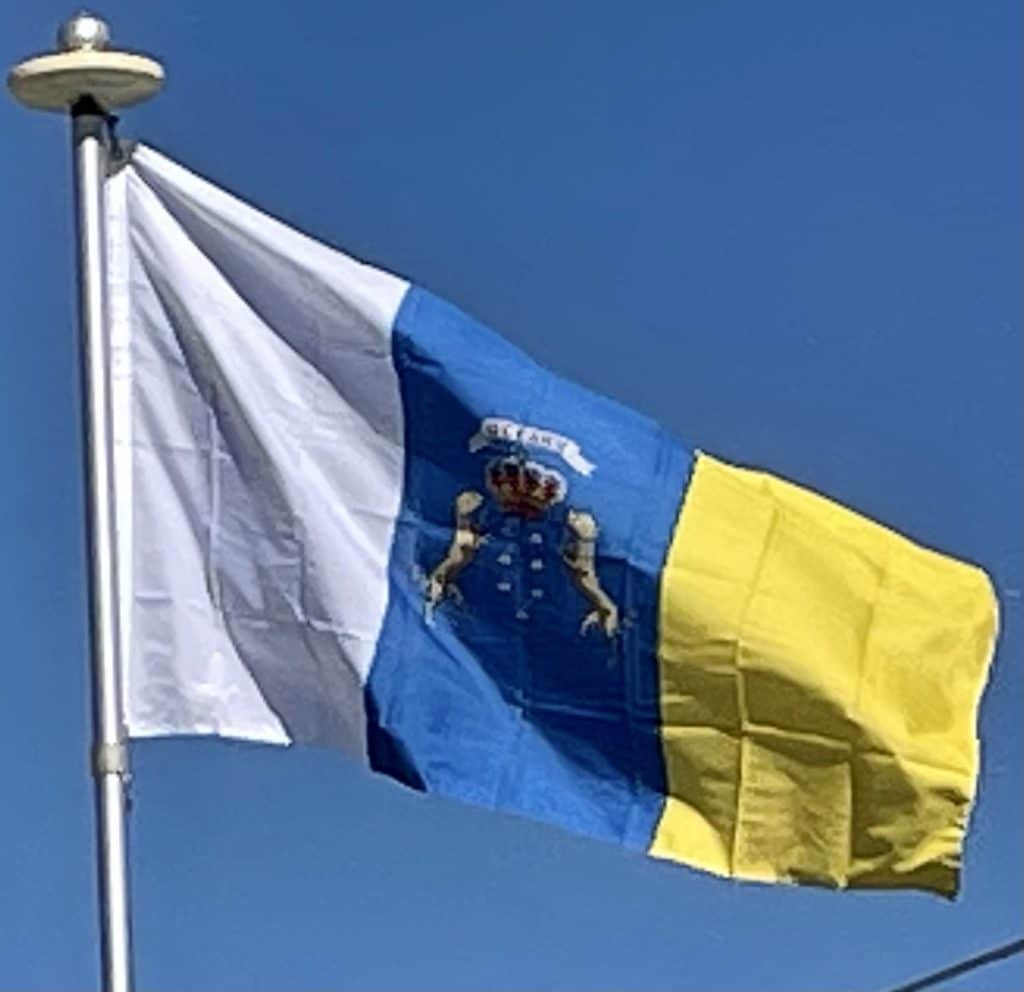
Béthencourt also established a base on the island of La Gomera, but it would be many years before the island was fully conquered. The natives of La Gomera, and of Gran Canaria, Tenerife, and La Palma, resisted the Castilian invaders for almost a century. In 1448 Maciot de Béthencourt sold the lordship of Lanzarote to Portugal’s Prince Henry the Navigator, an action that was accepted by neither the natives nor the Castilians. Despite Pope Nicholas V ruling that the Canary Islands were under Portuguese control, the crisis swelled to a revolt which lasted until 1459 with the final expulsion of the Portuguese. In 1479, Portugal and Castile signed the Treaty of Alcáçovas, which settled disputes between Castile and Portugal over the control of the Atlantic. This treaty recognized Castilian control of the Canary Islands but also confirmed Portuguese possession of the Azores, Madeira, and the Cape Verde islands, and gave the Portuguese rights to any further islands or lands in the Atlantic that might be discovered.
The Castilians continued to dominate the islands, but due to the topography and the resistance of the native Guanches, they did not achieve complete control until 1496, when Tenerife and La Palma were finally subdued by Alonso Fernández de Lugo. After that, the Canaries were incorporated into the Kingdom of Castile.

After the conquest, the Castilians imposed a new economic model, based on single-crop cultivation: first sugarcane; then wine, an important item of trade with England. In this era, the first institutions of colonial government were founded. Gran Canaria, a colony of the Crown of Castile since 6 March 1480 (from 1556, of Spain), and Tenerife, a Spanish colony since 1496, each had its own governor. There has been speculation that the abundance of roccella tinctoria on the Canary Islands offered a profit motive for Jean de Béthencourt during his conquest of the islands. Lichen has been used for centuries to make dyes. This includes royal purple colors derived from roccella tinctoria, also known as orseille.
The cities of Santa Cruz de Tenerife and Las Palmas de Gran Canaria became a stopping point for the Spanish conquistadors, traders, and missionaries on their way to the New World. This trade route brought great prosperity to some of the social sectors of the islands. The islands became quite wealthy and soon were attracting merchants and adventurers from all over Europe. Magnificent palaces and churches were built on La Palma during this busy, prosperous period. The Church of El Salvador survives as one of the island’s finest examples of the architecture of the 16th century. Civilian architecture survives in forms such as Casas de los Sánchez-Ochando or Casa Quintana.

The Canaries’ wealth invited attacks by pirates and privateers. Ottoman Turkish admiral and privateer Kemal Reis ventured into the Canaries in 1501, while Murat Reis the Elder captured Lanzarote in 1585.
The most severe attack took place in 1599, during the Dutch Revolt. A Dutch fleet of 74 ships and 12,000 men, commanded by Pieter van der Does, attacked the capital Las Palmas de Gran Canaria (the city had 3,500 of Gran Canaria’s 8,545 inhabitants). The Dutch attacked the Castillo de la Luz, which guarded the harbor. The Canarians evacuated civilians from the city, and the Castillo surrendered (but not the city). The Dutch moved inland, but Canarian cavalry drove them back to Tamaraceite, near the city.
